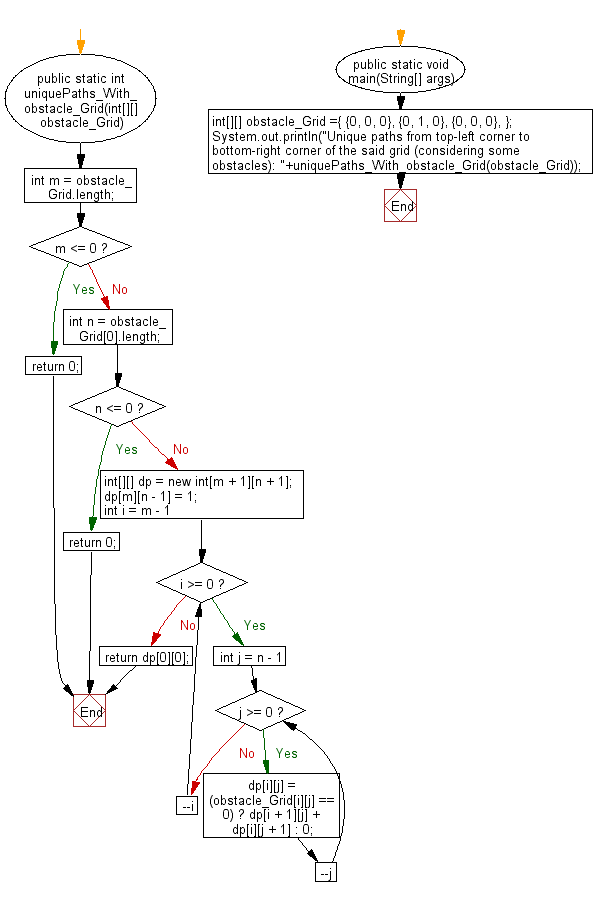

Public FlowLayout (int align, int h, int v)Ĭreates a FlowLayout object with an alignment according to align and horizontal and vertical distances of h and v pixels. In the class FlowLayout we find the following constructors:Ĭreates a FlowLayout object with the default settings (centered Alignment of the lines, 5-pixel spacing).Ĭreates a FlowLayout object with an alignment according to align and the Standard setting for the distances. The size of the components is not changed. Between the components there is a distance of 5 pixels horizontally and vertically. The orientation of the components the line is centered by default. That is, the components are so long in the order their insertion from left to right side by side until there is no more space for the next component is available and started with a new line which is then filled in the same way.

“Flowing” means here that the components are inserted into the container line by line from left to right Be observed. To arrange the components in a container in a fluid manner, one uses an object of the class FlowLayout as a layout manager. The only exception is the JPanel class (a Component that we will get to know in my next article). The standard layout in the container classes is BorderLayout discontinued. There are also some specialized ones Layout variants such as BoxLayout, CardLayout, GridBagLayout or overlay layout. The three most frequently used layout managers are FlowLayout, BorderLayout and GridLayout with them, we will therefore be in the deal with the following sections. I would appreciate your support in this way! What are the different types of layout manager in java? I may make a commission if you buy the components through these links. The layout managers distribute the entire space the container area depends on the components entered, whereby (each according to layout) is partially inserted space or components in their Size adjusted or not displayed at all.

Java provides numerous classes that implement this interface and ultimately differ in that they divide the container area into different Divide areas. This Layout Manager interface therefore defines methods which are necessary for the arrangement of AWT and Swing components. We have already seen that a layout manager can arrange the various Components in a container and such a layout Manager through an object of a class that implements the Layout Manager interface, is produced.


 0 kommentar(er)
0 kommentar(er)
